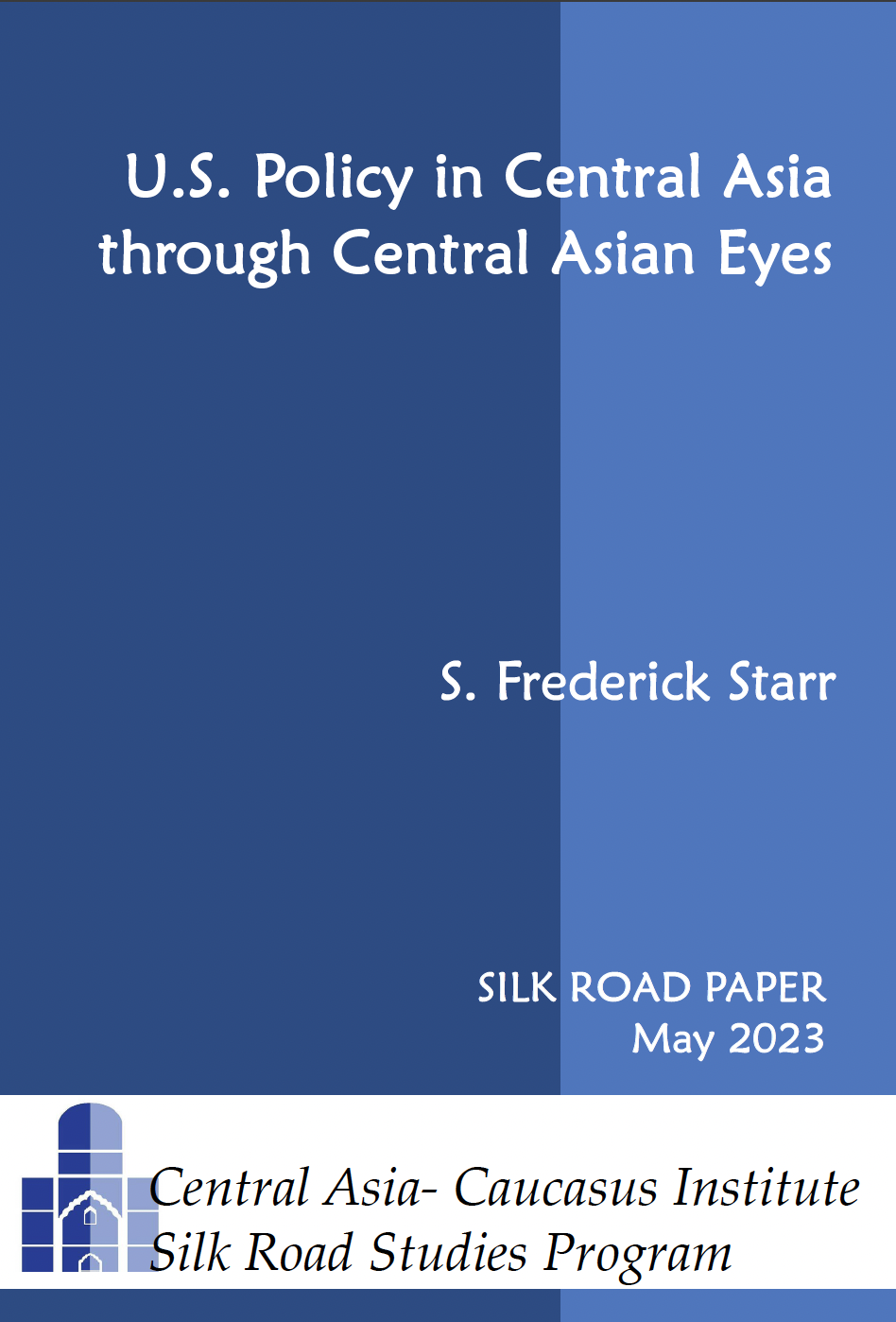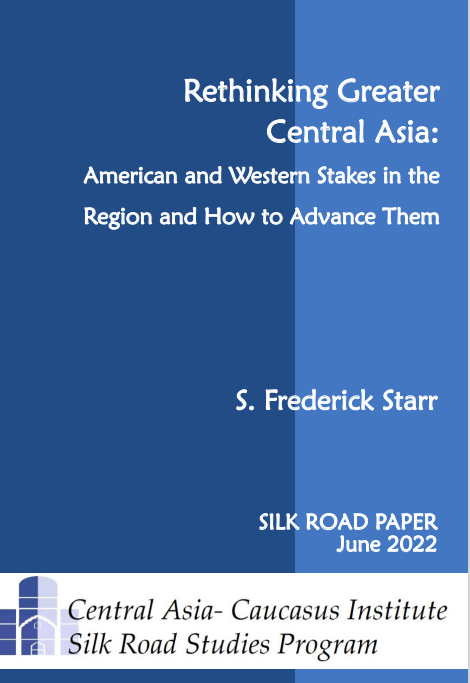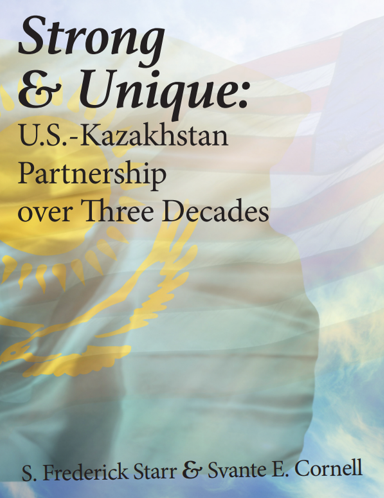Russia's Syria initiative and the exaggerated ISIS threat to Central Asia
By Emil Aslan Souleimanov
September 25th, 2015, The CACI Analyst
Russia’s recent military engagement in Syria and calls for the establishment of an international coalition against the terrorist group calling itself the Islamic State (ISIS) has produced renewed interest in Moscow’s policies toward the jihadist quasi-state. Against this background, while many have speculated about Moscow’s true intentions in the Middle East, relatively little attention has been paid to Moscow’s interests in Central Asia and the Caucasus in the context of its increasingly vocal rhetoric of fighting ISIS. Moscow is actively utilizing the risks and threats stemming from the ISIS to boost its clout in the near and far abroad.
Armenia's economic woes
By Natalia Konarzewska
September 15th, 2015, The CACI Analyst
Armenia’s economy is currently experiencing a significant decline, which is primarily caused by spillover from Russia’s recession. At the end of 2014, Armenia’s national currency, the dram, saw rapid depreciation, which boosted inflation. Falling remittances from Russia are putting additional pressure on the dram, negatively affecting the livelihood of many ordinary citizens. Additionally, export volumes to Russia, which is Armenia’s top export destination, have decreased significantly. Armenia currently has few options to boost its faltering economy due to a falling number of foreign direct investments, high national debt and a shortfall of budget revenue. Economic forecasts for Armenia remain grim and since June the country has seen a wave of protests over the price hike on electricity.
NATO opens military training center in Georgia
By Eka Janashia (09/02/2015 issue of the CACI Analyst)
On August 27, the NATO-Georgia Joint Training and Evaluation Center (JTEC) was opened at the Krtsanisi military facility outside Tbilisi as a part of “substantial package” granted to Georgia by NATO at the Wales summit in September 2014.
NATO Secretary General Jens Stoltenberg, who was the major guest at the inauguration ceremony, said that JTEC will cement NATO-Georgia cooperation and ensure the alliance’s enlarged presence in the country.
India and the CPEC project: to oppose or not to oppose?
By Sudha Ramachandran (09/02/2015 issue of the CACI Analyst)
By linking Kashgar with Gwadar port through a network of roads and railway lines, the China-Pakistan Economic Corridor (CPEC) project has the potential to inject new life into the region’s economies. While India has expressed strong objections to the CPEC for economic as well as strategic reasons, it could also benefit from the project by opening up an overland route to new markets in Central Asia.
Iran's reentry on gas markets and challenges to TAPI
By Najia Badykova (09/02/2015 issue of the CACI Analyst)
In anticipation of the lifting of sanctions on Iran and the country’s resulting potential to become a major energy player in Eurasia, Tehran, its neighbors, and European countries are evaluating their options. Iran’s eagerness to enter the European and South Asian gas markets will immediately affect the Caspian Sea Basin, already subjected to intense rivalry over pipeline routes, where most prominently Turkmenistan targets the same markets. Iran cannot in the short term supply gas in the quantities needed to diversify European supply, but seeks to secure its participation in the European market by offering its territory for Turkmen gas deliveries to Europe. Iran is much better positioned towards South Asia, where it can export its surplus gas to Pakistan and India leaving Turkmen gas less competitive in those markets.









 Book S. Frederick Starr and Svante E. Cornell,
Book S. Frederick Starr and Svante E. Cornell,